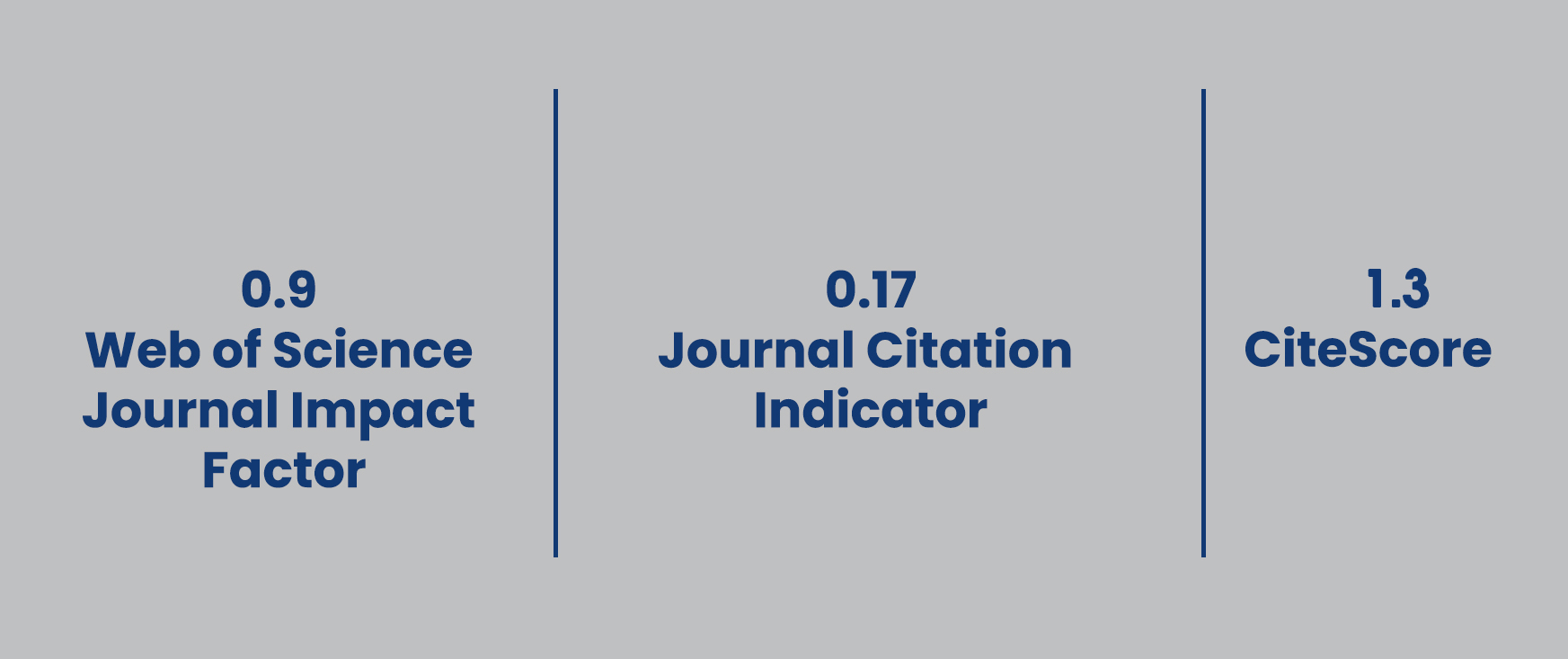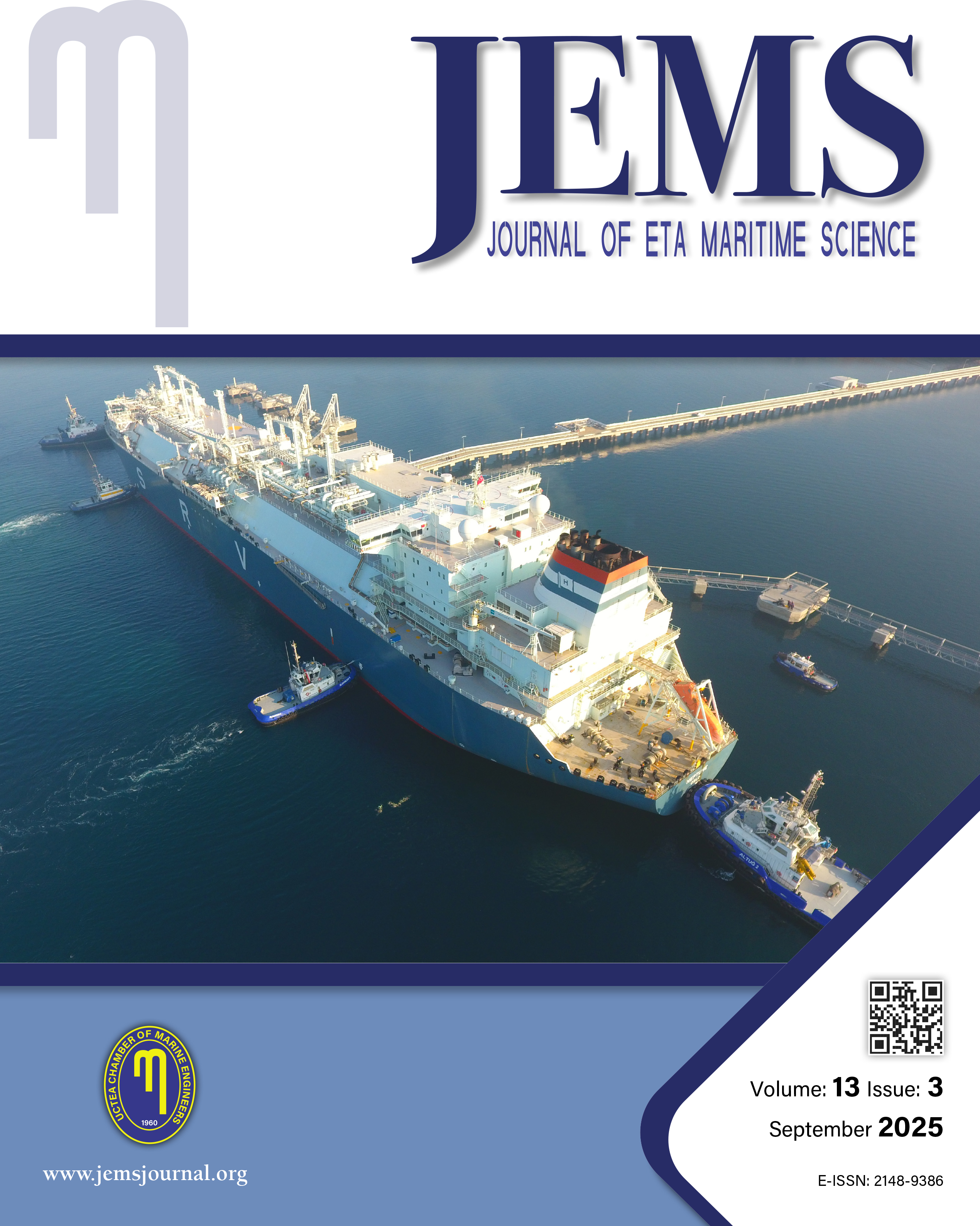

JEMS apply the Creative Commons Attribution NonCommercial 4.0 International Licence to all manuscripts to be published
Research on Hydrodynamic Properties of a New Porous Floating Breakwater
Quoc Hung Vu1, Minh Tuan Vu1, Anh-Dan Nguyen2, Tri Mai11Hanoi University of Civil Engineering, Faculty of Hydraulic Engineering, Hanoi, Vietnam2University of Transport and Communications, Faculty of Civil Engineering, Hanoi, Vietnam
3Hanoi University of Civil Engineering, Faculty of Coastal and Offshore Engineering, Hanoi, Vietnam
The growing demand for resilient and environmentally adaptive coastal protection solutions has spurred research into innovative floating breakwater (FB) designs. This study introduces and evaluates the hydrodynamic performance of a newly developed H-type porous FB (TFB-3), which incorporates perforated vertical plates to enhance energy dissipation. Using a series of physical model experiments, the TFB-3s performance is compared with two established FB designs: the conventional rectangular TFB-1 and the modified semicircular TFB-2. Experimental results demonstate that TFB-3 significantly outperforms both reference models in attenuating wave energy. Specifically, TFB-3 exhibits lower wave transmission and reflection coefficients, greater energy dissipation, and reduced wave disturbance in front of the structure. These improvements are particularly relevant for deployment in soft-soil coastal regions, where traditional breakwaters are often impratical. The findings highlight the potential of TFB-3 as a robust and scalable solution for coastal protection under a range of wave conditions. This work contributes valuable experimental data and practical insights to inform the design and application of advanced porous FBs.
Keywords: Floating breakwater, experimental study, coefficient of wave transmission, coefficient of wave reflection, coefficient of wave energy dissipation, coefficient of wave disturbanceManuscript Language: English
(44 downloaded)










